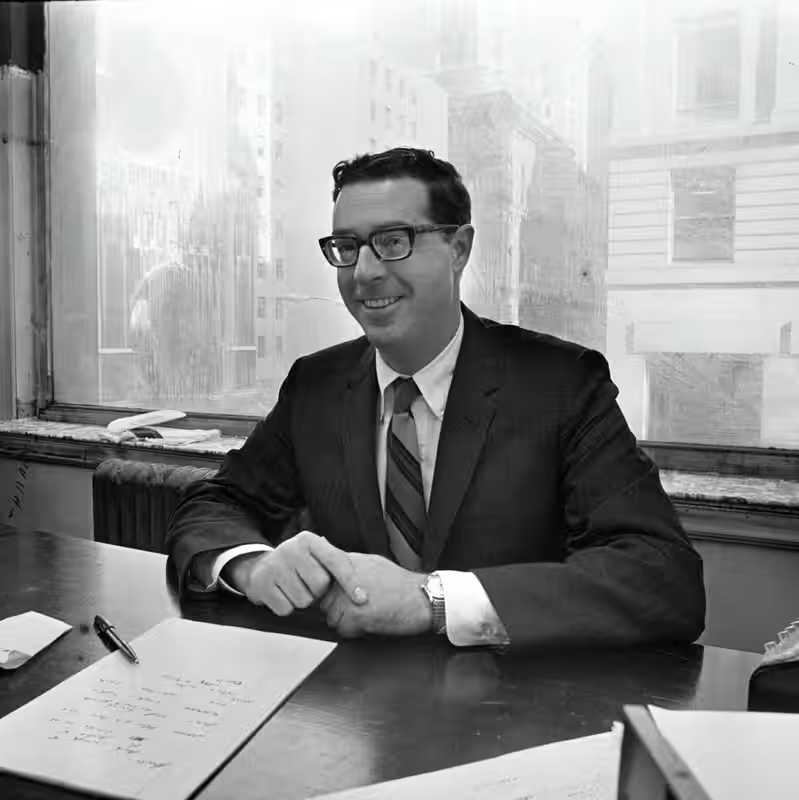The recent passing of Peter M. Fishbein at the age of 91 has reopened a chapter of American financial and political history that many had hoped was closed: the infamous Keating Five scandal and the controversial $41 million settlement his law firm paid to the federal government .
Who Was Peter Fishbein?
Peter M. Fishbein, a prominent figure in the New York legal establishment, died on September 25, 2025, at his home in Harrison, New York . While his obituaries paint the picture of a devoted family man and respected attorney, his professional legacy is inextricably linked to one of the most complex legal battles of the late 20th century.
The Keating Five Scandal: A Quick Recap
To understand Fishbein’s role, we must revisit the Savings and Loan (S&L) crisis of the 1980s. At its center was Charles H. Keating Jr., a financier whose Lincoln Savings and Loan Association became a symbol of the era’s rampant speculation and regulatory failure .
Keating’s aggressive lobbying of five U.S. Senators—dubbed the “Keating Five”—to interfere with federal regulators investigating his institution ignited a massive political scandal in 1989 . The scandal exposed the dangerous intersection of money, politics, and financial regulation, with future Senator John McCain among those implicated .
Fishbein’s Law Firm and the $41 Million Question
Fishbein was a partner at Kaye, Scholer, Fierman, Hays & Handler, the powerful law firm that represented Keating and Lincoln Savings. In 1992, the firm agreed to a staggering $41 million settlement with federal regulators to resolve a lawsuit that accused it of improperly withholding crucial information during the government’s investigation into Lincoln’s collapse .
This settlement was, at the time, the largest enforcement action ever taken against a law firm by the government . The case sent shockwaves through the legal community, raising profound ethical questions about a lawyer’s duty to their client versus their duty to the public and the court.
Government Overreach or a Necessary Reckoning?
The settlement has long been a point of contention. Critics of the government argued that the lawsuit and the threat to freeze the firm’s assets constituted severe overreach, potentially punishing a law firm simply for zealous advocacy on behalf of a controversial client .
Supporters of the government’s action, however, maintained that the firm’s alleged concealment of damaging information from regulators directly contributed to the prolonged failure of Lincoln Savings, which ultimately cost taxpayers billions of dollars. The Fishbein case became a landmark example of the legal profession’s vulnerability when its clients operate in ethically grey or outright illegal areas.
Why This Matters Today
Fishbein’s death is more than just an obituary; it’s a historical marker. In an era of renewed scrutiny over financial institutions, political lobbying, and the power of elite law firms, the questions raised by the Keating Five scandal and the Kaye Scholer settlement feel remarkably current.
Can a law firm be held accountable for the actions of its client? Where is the line between aggressive legal defense and obstruction of justice? And how can regulators prevent a repeat of the S&L crisis in our modern, complex financial markets? These are the enduring legacies of the case that defined a part of Peter Fishbein’s career.
Table of Key Events: The Keating Five Timeline
| Year | Event |
|---|---|
| 1980s | Savings and Loan crisis begins, fueled by deregulation and risky investments. |
| 1987 | Federal regulators begin investigating Charles Keating’s Lincoln Savings. |
| 1989 | The “Keating Five” scandal erupts as five U.S. Senators are accused of improperly aiding Keating . |
| 1990 | Lincoln Savings fails, becoming one of the costliest S&L failures for taxpayers. |
| 1992 | Kaye, Scholer (Fishbein’s firm) settles government lawsuit for $41 million . |
| 2025 | Peter M. Fishbein passes away at age 91 . |




